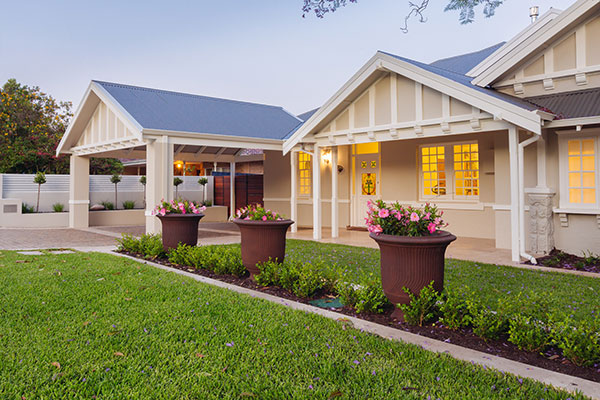3 Factors To Consider Before Landscaping Your New Home

Landscaping is the ultimate beautification and aesthetics you can give your new home. There is something about a space that is well planned with proper landscaping, eluding perfect beauty. Galloway Architectural Design has got a wealth of experience under their belt and has been known to come up with some of the best and most amazing landscaping designs you would ever come across, no kidding!
There are a ton of landscaping tips and tricks out there, and several factors you should have in mind when planning on the ideal landscape design for your home. Here are 5 of the most important factors we think you should consider.
Be acquainted with your yard
Consider stuff like the climate of your region, the topography of your site, and, of course, soil type. This is because certain conditions will most likely build a micro-climate depending on how your yard experiences exposure to the sun. There are different kinds of microclimate include (full sun, partial shade, shade, and deep shade). Good knowledge of the landscape will definitely aid in the plant collection process and will also help you note in what way water drains in the landscape. Great plans will stimulate the proper passage of water away from the house to other parts.
Make pathways
Construct a pathway for easy passage to avoid the destruction of the landscape. Be cautious when inserting the pathways, so it doesn’t hinder the home drainage. Remember that Paths are not meant to hold water, so ensure there is a proper drainage system in place. There should be proper drainage around your home the house before building the lawn beds. If it becomes too technical, you can contact Galloway Architectural Design for professional structuring.
Plant plans
Big advice: do not plant too close to the house. It is risky to plant trees or large shrubs close to structures because they have massive roots that can lead to severe damage to the drainage pipes or plumbing. When you don’t water the plants regularly, their roots tend to stretch far, searching for moisture. Once the roots start stretching, they tend to break up structure foundations, causing visible cracks. In extreme cases, they could cause a partial or total collapse of walls. Another reason you should avoid placing garden plants close to buildings is that they can cause soils near the building to become muddy. When you do this in a situation where there is no effective drainage and you have to water the plants consistently, it can lead to over-moisturization of the topsoil.
Galloway Architectural Design can give a perfect design idea that fits your desire and budget.

